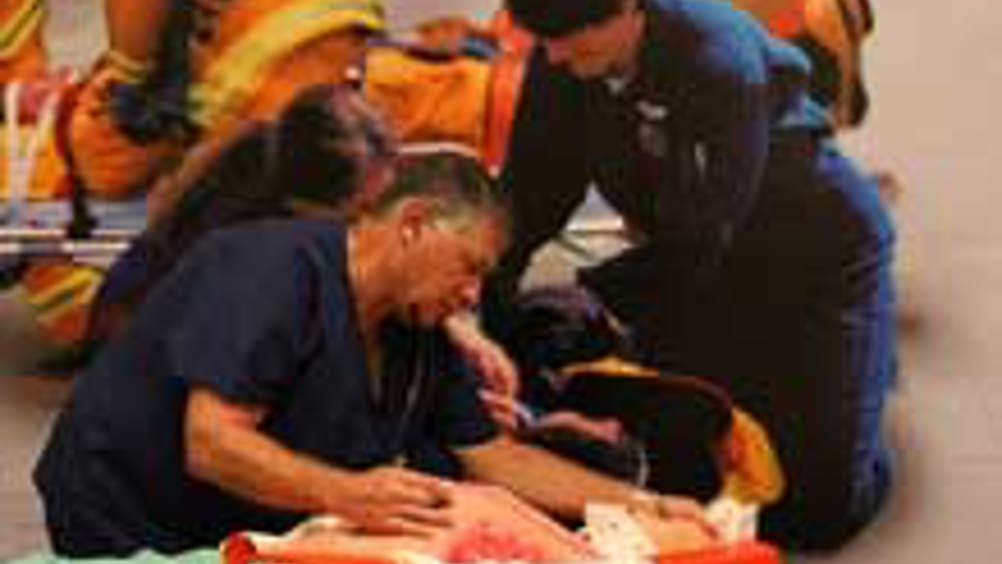Snap triage test
Determining who needs medical care at the scene of a disaster could soon be made a lot simpler, thanks to a new device that is under development in the US.

Determining who needs medical care at the scene of a disaster is still an old-fashioned procedure - medical personnel must check body temperature, heart rate, and muscle movement, a process that can take between 3-5 minutes per person.
Now, a group at the US Department of Homeland Security’s Science & Technology Directorate (DHS S&T) is developing a new device called the Standoff Patient Triage Tool (SPTT), that could reduce that diagnosis time to 30 seconds per person.
The SPTT takes key physiological readings, such as pulse, body temperature and respiration from 5 to 40ft away from a patient, using a laser Doppler vibrometer (LDV) that measures the velocity and displacement of vibrating objects.
The laser beam from the LDV is directed at the surface of interest, and the vibration amplitude and frequency are extracted from the Doppler shift of the laser beam frequency due to the motion of the surface.
An algorithm then converts those data points into measurements emergency teams can use to assess a patient’s medical condition.
Register now to continue reading
Thanks for visiting The Engineer. You’ve now reached your monthly limit of news stories. Register for free to unlock unlimited access to all of our news coverage, as well as premium content including opinion, in-depth features and special reports.
Benefits of registering
-
In-depth insights and coverage of key emerging trends
-
Unrestricted access to special reports throughout the year
-
Daily technology news delivered straight to your inbox










BEAS funding available to help businesses cut energy costs
And not a moment too soon, if the following exchange broadcast last Friday 13th June, on the Radio 4 ´Rare Earth´ program (link below, ~ 17 minutes...